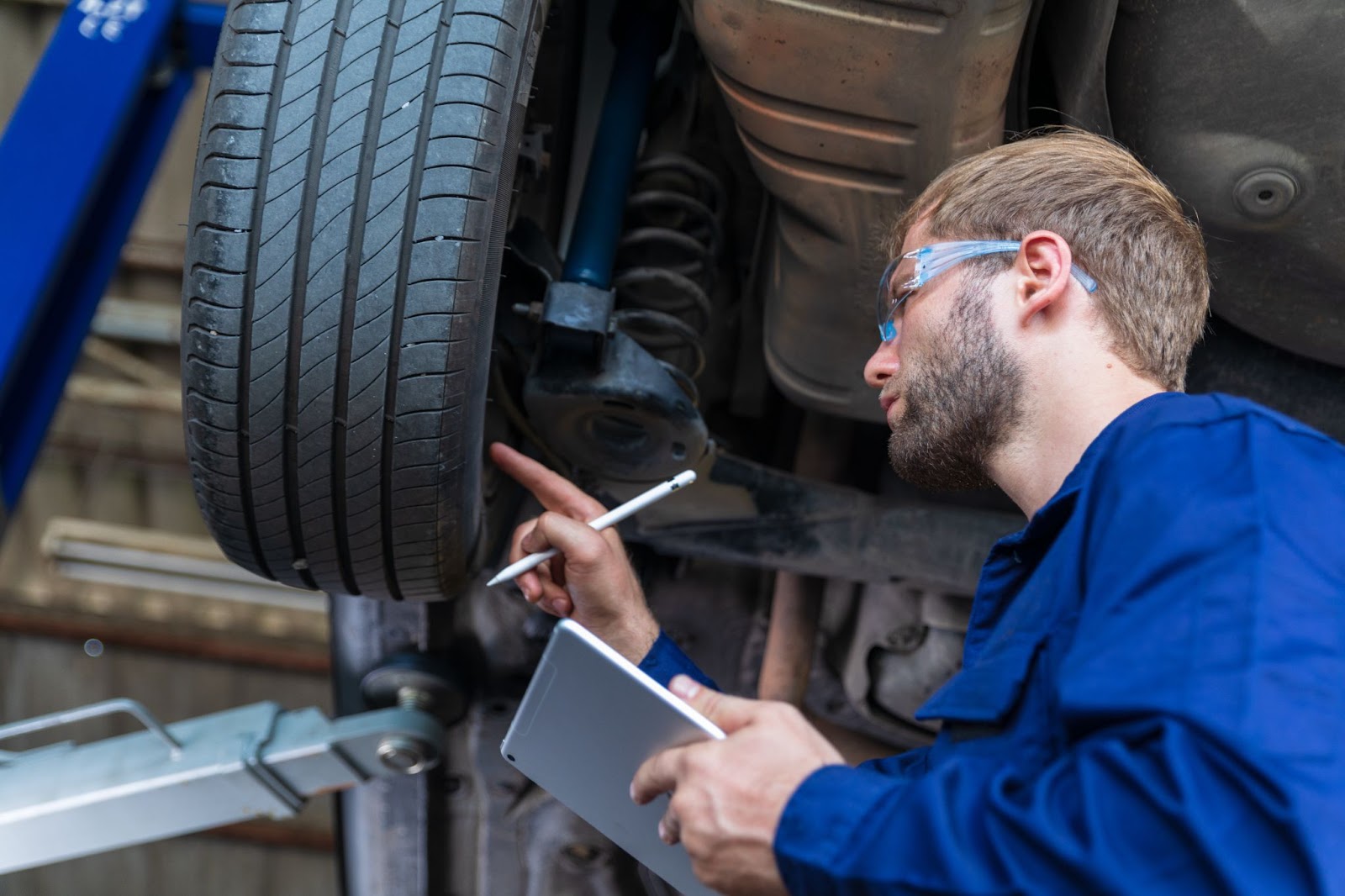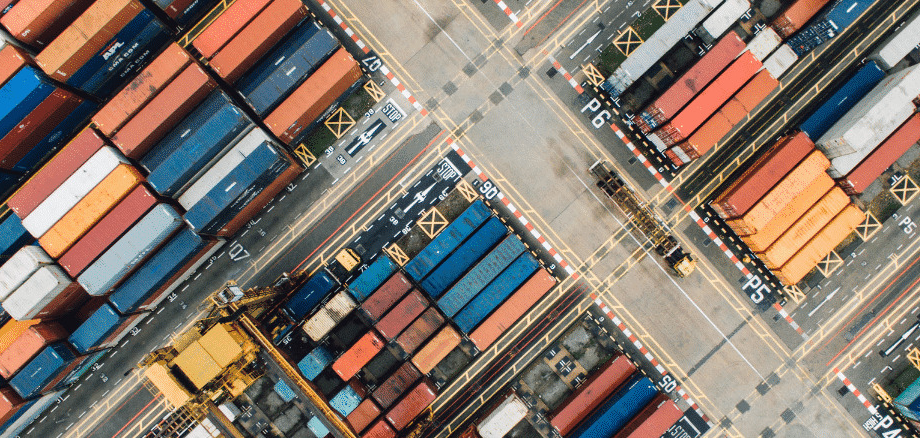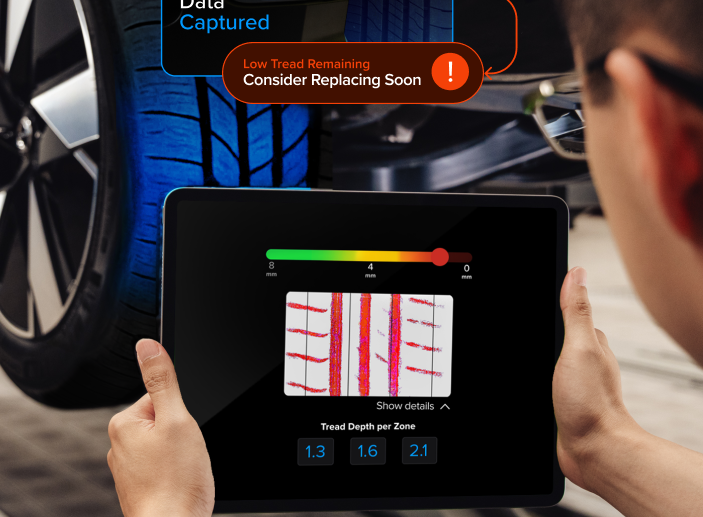
Looking beyond OCR and to the future of mobile data capture
Optical character recognition, otherwise known as OCR for short, has been around for quite a long time. Also sometimes referred to as “text recognition,” OCR gives users the ability to recognize and utilize information from not only scanned documents but also camera images as well. It’s a widely used technology that is often employed “behind the scenes” for many everyday purposes, even if you don’t necessarily realize it.
If you’ve ever used Google Translate to scan a street sign in a foreign language and immediately get the English translation, you’ve utilized OCR. If you’ve ever had a program extract all the information from your passport or from the nutritional label on a box of food you just brought back from the grocery store, you’ve utilized OCR.
But as technology itself continues to advance, so does optical character recognition. It has advanced beyond text and is now used to identify not only visual trends but also physical details in common objects, thanks to services like Anyline.

The Endless Innovation of OCR and Mobile Data Capture
To get an idea of this concept in action, look no further than what is going on in the automotive industry with things like tire tread scanning.
Even as recently as ten years ago, if you needed to have the tires replaced on your car (or thought you might), the process was as follows: You would take it to a mechanic or dealership for a physical inspection, at which point a determination would be made. Then, a human employee would need to read the characteristics of the tire itself to match up new tires with the precise make and model of your car. The tires would then be replaced if the appropriate new ones were on hand. If not, they would need to be ordered. While this process wasn’t necessarily difficult, it did take quite a bit of everyone’s time.
With mobile data capture solutions that are powered by OCR like Anyline, however, all of this changes. Rather than utilizing specialized equipment, a regular smartphone camera can be used to instantly (and accurately) measure characteristics like the depth of a tire tread with industry-standard accuracy of up to 0.1 millimeters. All of this is done not in hours or minutes but via a five-second video that is taken by the user, be it a mechanic on the job or the owner of the car.
When implemented into customer-facing applications, solutions like this enable the consumer to avoid calling ahead, making an appointment with a mechanic, waiting their turn, and only then going through the process outlined above. Everything can be done quickly, easily, and accurately right at home. That information can then be instantly sent to the mechanic so that everything can be ready when the consumer arrives, saving both parties invaluable time in the process.
Another prime example of this comes by way of organizations like ContextFlow, which are utilizing OCR and mobile data capture for similar purposes in the healthcare industry. Here, this technology is being used to quickly and accurately read medical images on behalf of patients. The artificial intelligence (AI) and OCR-powered solution can be used to more efficiently detect anomalies in a patient, for example, or even predict future medical outcomes based on all currently available information. Not only does this free up time on behalf of healthcare professionals, who no longer need to spend hour upon hour wading through endless medical images, but it also leads to better outcomes and a more preventative level of care for patients as well.
The Future of OCR is a Bright One
In the end, the current trajectory of OCR is clear. Thanks to the innovation that has taken place over the last decade, it is now possible to use even an entry-level smartphone to recognize one’s physical surroundings with the right tool like Anyline. Going through camera footage frame-by-frame or pixel-by-pixel to find one key piece of information isn’t just impractical; in many industries, it is literally impossible. Now, thanks to OCR and modern-day mobile data capture, it is a reality.
Of course, that demands the question: when you consider how far OCR has come in even just the last five years, where will the next five take us? Where is this all headed? The truth of the matter is that the camera on the phone you’re using right now can see into the future. It can tell you what maintenance needs to be performed on your car or what procedures you need to have performed by a doctor, all so that you can stop a small problem now before it becomes a much bigger one later on. What does that mean moving forward? It’s difficult to say, but one thing is for certain: it’s a concept that we’ll all benefit from in more ways than one.



